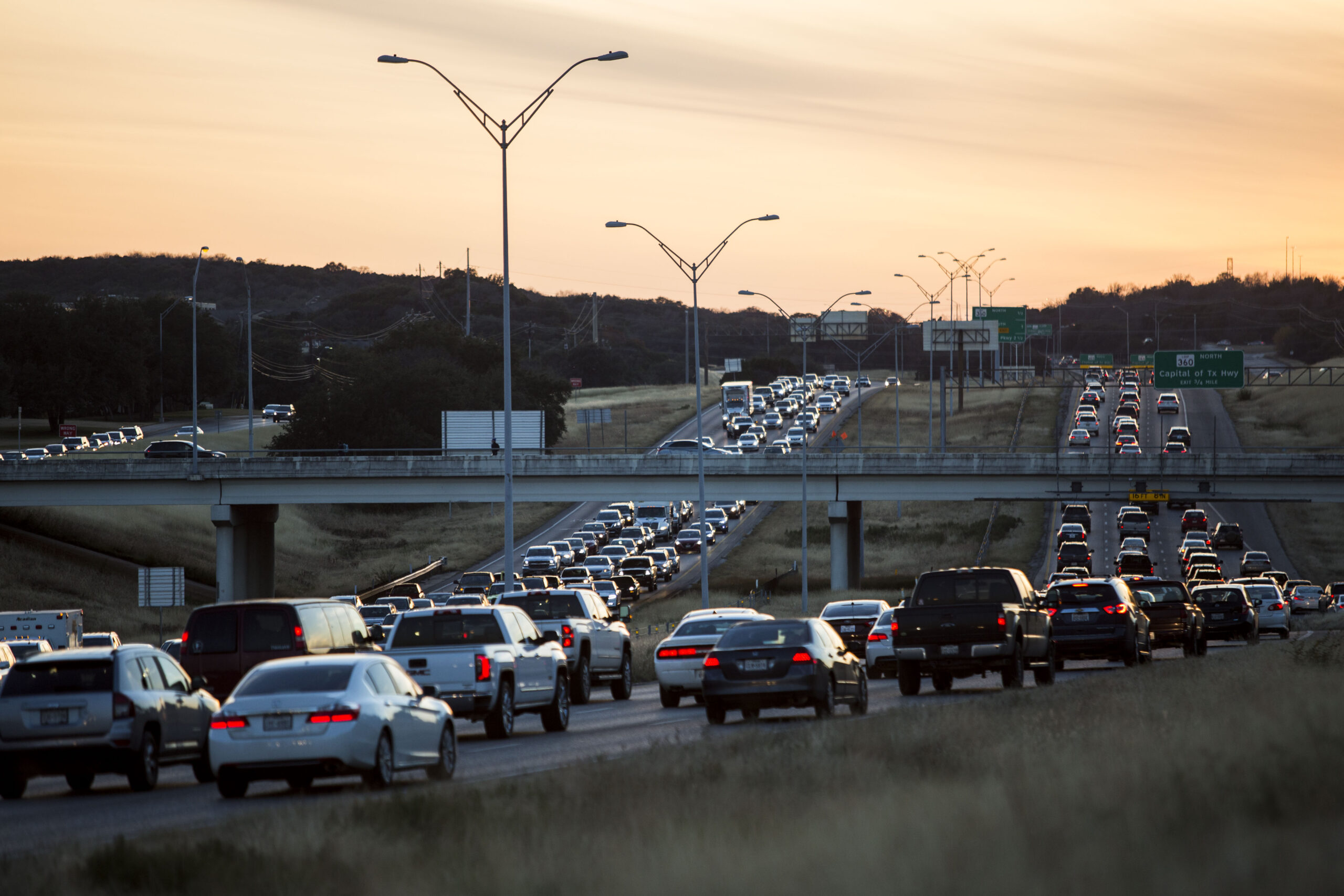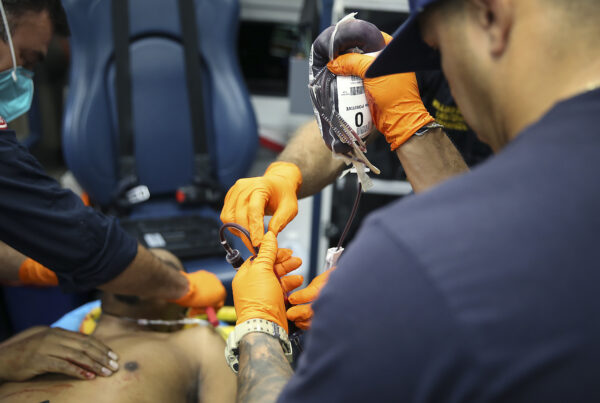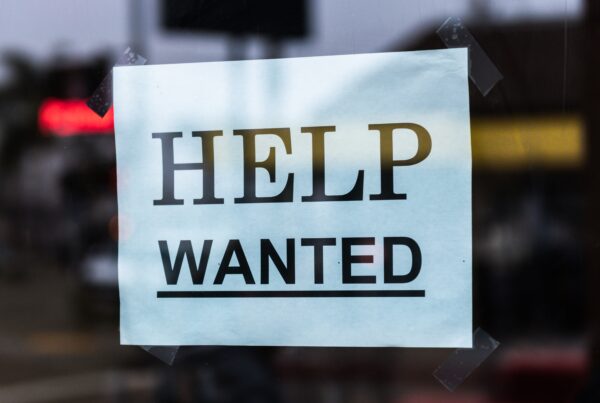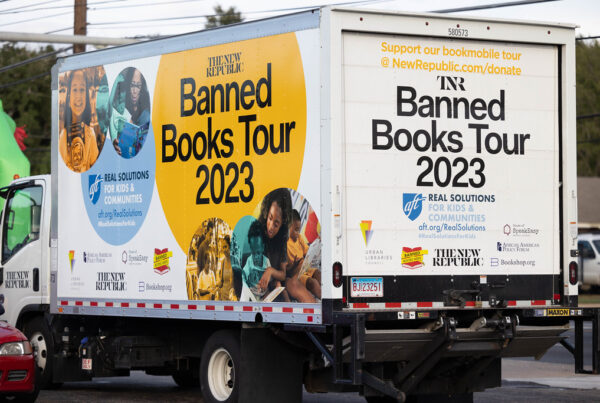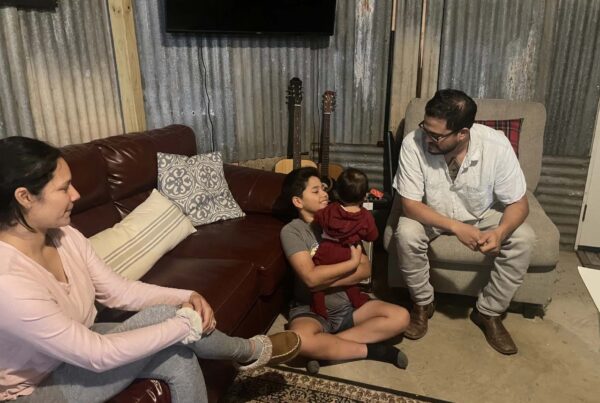Construction slowdowns, congested intersections, traffic that slows to a stop; these things have plagued Texas roads.
But looking back over the past few years, the Texas A&M Transportation Institute’s annual analysis of the state’s most congested highways has some interesting findings this year. According to researchers, Texas commuters have saved both time and money valued at $3 billion dollars in 2022.
David Schrank, senior research scientist of the Mobility Division at Texas A&M’s Transportation Institute, spoke with Texas Standard on how hybrid work practices have helped clear up roads in the long run along with completed roadways projects meant to ease construction. Listen to the interview above or read the transcript below.
This transcript has been edited lightly for clarity:
Texas Standard: So tell us a little bit more about this report. This is an annual analysis, part of a report the Texas Legislature has mandated.
David Schrank: Right about, I think, 2009, they asked TxDOT to begin looking at where are some of the worst choke points in the state. We want to make sure we’re focusing our efforts to try to clear some of those up and keep Texans moving. And so, yes, we’ve been doing this for over a decade.
Can I ask you about this $3 billion in savings of time and money? How do you come up with that kind of figure and why that savings?
Well, a lot of our analysis is based on travel or delay. And you can put a price tag on delay. And so we value delay for both the motorist and for commercial vehicles and also wasted fuel that accompanies that delay – both gasoline and diesel.
So there’s four components to our cost numbers, but the $3 billion comes from if you look back at what we were experiencing in 2019 and then you come forward to 2022 and kind of compare all these locations and start looking at how things are today versus back then, we’re actually still quite a bit lower on our delay across the whole system than we were back pre-pandemic.
What do you think accounts for that?
Probably a lot of things. But two of the things that’s pretty easy to see is you can’t be driving around in any areas of Texas, especially our metro areas, without seeing an occasional orange barrel or cone.
There’s a lot of construction going on. And that’s because Texas is growing. And you got to, you know, get out there and try to provide additional transportation system for not only now, but also the future. That’s one avenue that has potentially helped.
Some of these projects are starting to come on board. You know, Austinites would know about I-35 from south of the river – 71 down to Slaughter, I believe, has been under construction for a while. And that has about wrapped up, if not wrapped up, and it’s actually helped some things down that way. So some of these kind of projects are coming on board.
The other one is travel patterns have changed since COVID. And what what we’ve seen there is that, you know, hybrid work has allowed motorists to… it appears motorists may be working from home till kind of after the morning rush and then going in for those meetings they need to have and then, you know, maybe leaving after coming home before the evening, right? And a lot of those kind of things have changed, and what it’s done – not only the additional transportation capacity and things that are being added to the system – but also the the change in the demand.
So what that’s done is improve the efficiency of the travel that’s happening.
Well, you know, I’m thinking about commuters, but also trucking. And that’s a big component of the Texas economy. Trucking delays are specifically noted in this report. What did you find?
Well, yes. You know, commercial truck travel is actually up quite a bit since the pandemic. And we are demanding more goods and services be delivered right to our house than ever before. And so, you know, it’s slowed down a little bit, but not back to pre-pandemic levels.
So commercial travel is definitely a contributor as we continue to, you know, from a congestion standpoint, slowly make a return back toward what we saw before the pandemic.
Overall, good news in this report or how would you characterize it?
I would say it’s good news because, again, there’s efficiency that you’re seeing here in travel. And so that means efficiency coming from both the supply side and the demand side of transportation. A commuter needs a road and there seems to be more of a facility waiting out there for them.
What commuters don’t see is if you’re in traffic at 5 p.m., it may look just like it did 4 or 5 years ago. But what they don’t see is an hour later it starts clearing up, whereas five years ago it was two hours later. So you see what’s out your window, but you can’t see the next road over or the hour before or the hour after.
And so you have to kind of take a holistic look at this. And that’s where we’re saying things are actually better when you look at it that way. You may not see it right out your window on that specific trip. But in general, we’re quite a bit better than we were a few years back.


